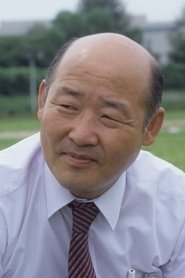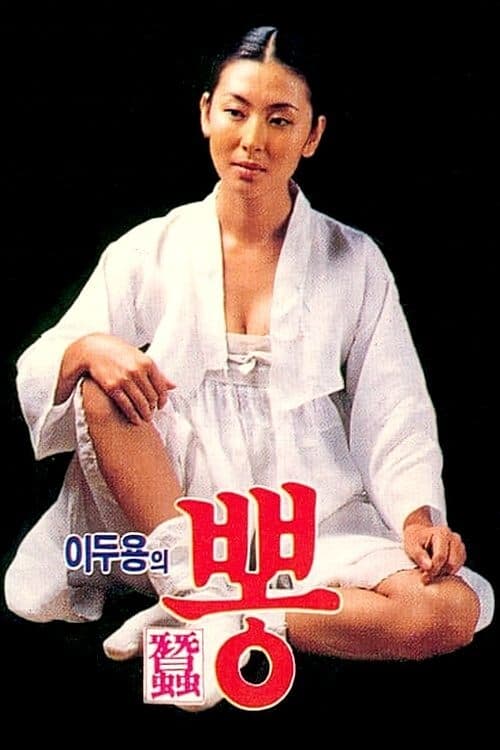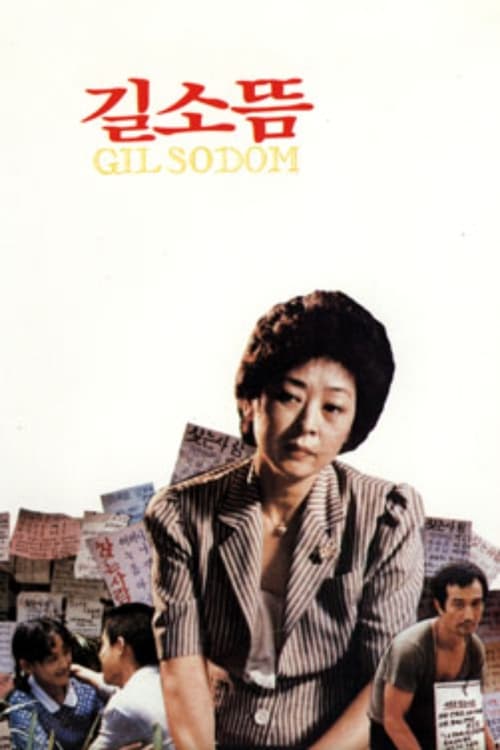
Ask Your Own Question
What is the plot?
What is the ending?
In the ending of "Mandala," the main characters, a Buddhist monk named Jin and a former soldier named Yong, confront their inner struggles and the consequences of their past actions. Jin, who has been seeking enlightenment, ultimately finds peace through acceptance and understanding. Yong, burdened by guilt and the violence of his past, faces a tragic fate as he succumbs to his inner demons. The film concludes with a poignant reflection on the nature of life, death, and the quest for meaning.
As the final scenes unfold, we find Jin in a serene temple, surrounded by the tranquil sounds of nature. The camera captures the soft rustling of leaves and the gentle flow of a nearby stream, creating a peaceful atmosphere that contrasts sharply with the turmoil of the characters' pasts. Jin sits in meditation, his face a mask of calm determination. He reflects on his journey, the struggles he has faced, and the lessons he has learned about compassion and forgiveness.
Meanwhile, Yong is depicted in a starkly different environment. He is alone in a dimly lit room, the shadows casting a heavy gloom over him. The weight of his memories presses down on him, and he is haunted by visions of the violence he has committed. As he grapples with his guilt, the internal conflict becomes palpable. Yong's emotional state is one of despair and hopelessness, as he realizes that he cannot escape the consequences of his actions.
In a pivotal moment, Yong seeks out Jin, hoping for guidance and redemption. The two men meet in the temple, where the atmosphere is thick with tension. Jin, embodying the principles of Buddhism, offers Yong words of wisdom and understanding. He encourages Yong to confront his past and to seek forgiveness, not only from others but also from himself. This moment is charged with emotion, as Yong's vulnerability is laid bare. He is desperate for absolution, yet he struggles to accept the reality of his actions.
As the conversation deepens, Yong's internal turmoil reaches a climax. He begins to break down, tears streaming down his face as he confesses his regrets and fears. Jin listens patiently, embodying the compassion that he has cultivated through his own spiritual journey. The scene is powerful, showcasing the contrast between Jin's serene acceptance and Yong's chaotic emotional state.
In the final moments of the film, Yong makes a fateful decision. Overwhelmed by his guilt and unable to find peace, he chooses to end his life. The scene is heart-wrenching, as he steps away from the temple, leaving Jin behind. The camera lingers on Jin's face, capturing the sorrow and understanding in his eyes. He knows that Yong's path has led him to this tragic conclusion, yet he remains a symbol of hope and compassion.
The film closes with Jin returning to his meditation, the sounds of nature enveloping him once more. The final shot is a wide view of the temple, standing resilient against the backdrop of the mountains, symbolizing the enduring quest for enlightenment amidst the struggles of human existence. The screen fades to black, leaving the audience to reflect on the themes of redemption, the weight of the past, and the search for inner peace.
Is there a post-credit scene?
What is the significance of the character Kim Yong-woo in the story?
Kim Yong-woo is a central character whose journey reflects the struggles of identity and belonging. As a monk, he grapples with his spiritual duties and the temptations of the outside world, showcasing his internal conflict between his monastic life and personal desires.
How does the relationship between Kim Yong-woo and the character of Lee Soo-yeon evolve throughout the film?
The relationship between Kim Yong-woo and Lee Soo-yeon is complex and evolves from initial friendship to deeper emotional connections. As they face various challenges, their bond is tested, revealing their vulnerabilities and desires, ultimately leading to a poignant climax that highlights their differing paths.
What role does the setting of the temple play in the development of the characters?
The temple serves as a sanctuary and a battleground for the characters' inner conflicts. It is within its walls that Kim Yong-woo confronts his spiritual dilemmas, while also being a place where he experiences moments of clarity and doubt, shaping his character arc significantly.
How does the character of the abbot influence Kim Yong-woo's decisions?
The abbot acts as a mentor figure to Kim Yong-woo, providing guidance and wisdom. His teachings challenge Yong-woo to reflect on his choices and the nature of his faith, ultimately influencing Yong-woo's decisions regarding his future and his commitment to the monastic life.
What are the key events that lead to Kim Yong-woo's crisis of faith?
Key events leading to Kim Yong-woo's crisis of faith include his encounters with the outside world, particularly his interactions with Lee Soo-yeon, and witnessing the struggles of those around him. These experiences force him to question the rigidity of his beliefs and the sacrifices he must make, culminating in a profound internal struggle.





















